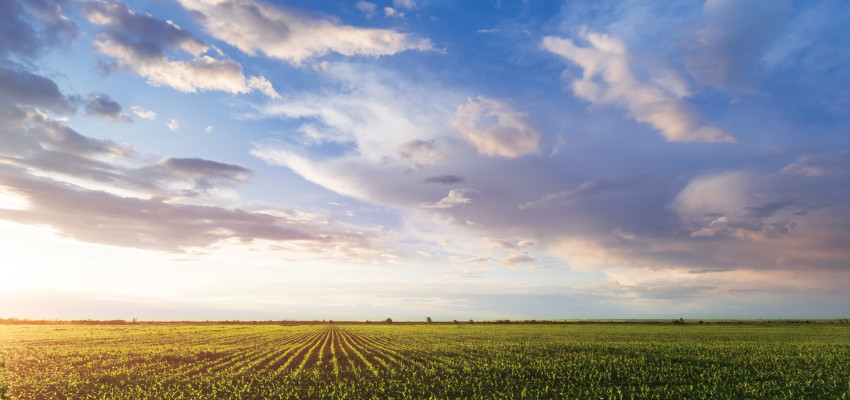By Hannah Becker on November 13, 2018
How the Farm Bill Helps Conserve Resources

Chances are if you have a TV, a smartphone, or a radio signal, you’ve heard some political chatter regarding the farm bill.
It’s a massive piece of legislation that is up for renegotiation every four to five years. The last farm bill was passed in 2014, thus, four years later, it’s time for policy modification.
If you’re like most people, you may have tuned out the media buzz around the farm bill, assuming it only mattered to farmers; however, the keystone policy outlined in the farm bill affects a lot of people living in the United States.
The farm bill’s programs include international trade, nutrition assistance, research, technology and environmental and wildlife conservation. It’s a policy powerhouse with a long legacy of protecting our country’s resources.
The farm bill funds conservation
While the name “farm bill” may throw some people off, the farm bill’s conservation programs make up the largest federal funding source for private land conservation. It provides farmers and landowners resources for implementing conservation programs in their communities, conservation training and incentives for soil, water and wildlife improvements.
Collectively, these environmental programs account for 6 percent of the farm bill’s massive $489 billion budget and impact communities all across the United States. Without these programs, our diverse ecosystems including forests, grasslands and wetlands may lack the stewardship necessary to protect wildlife and resources.
The farm bill’s conservation programs
The current farm bill supports multiple voluntary conservation programs tailored to region-specific conservation needs. These programs help connect farmers and landowners with the resources necessary to improve wildlife habitats (including pollinators), energy usage, soil health and water quality. Additionally, the farm bill’s conservation programs equip communities to establish better flood control and minimize damage from natural disasters.
In Kansas, farm bill-sponsored conversation programs have been implemented to encourage pheasant repopulation, fight erosion, improve water quality, restore grasslands and develop monarch butterfly habitats. These programs work with farmers and ranchers to ensure widespread adoption of region-specific conservation practices on an as-needed basis.
The future of the farm bill
The last farm bill was passed in 2014, which means it’s up for renegotiation this year.
The 2018 farm bill is currently stalled in the U.S. Senate, as elected officials propose program cuts to pass the updated version. Unfortunately, some legislators have suggested sending environmental programs like conservation to the chopping block. However, it’s important for the voting public to be aware of the important role the farm bill plays in protecting our environment and wildlife.
Without the conservation programs outlined in the farm bill, our communities may not have the resources necessary to ensure the health of our planet. The farm bill involves so much more than farms; the future of conservation depends on it.
To learn more about the farm bill and how it affects our environment, visit the American Farm Bureau Federation’s farm bill resources.


